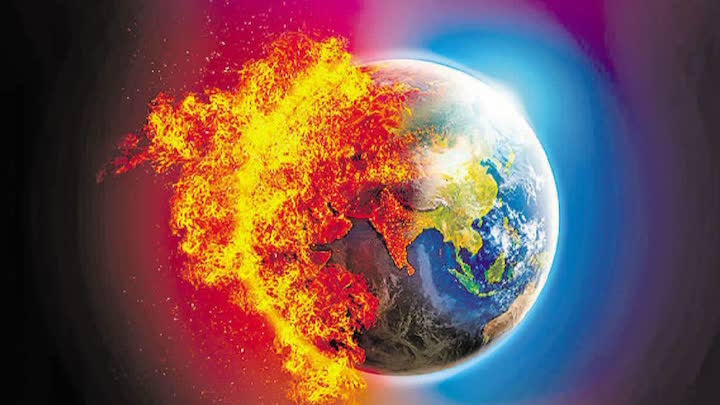A new study by Australian researchers has sent shockwaves through global climate policy circles, warning that a 4°C rise in global temperatures could slash world GDP by 40% by 2100-nearly four times higher than previous estimates of 11%. This dramatic revision stems from a critical flaw in traditional economic models, which failed to account for cascading supply chain disruptions caused by extreme weather events.
The findings, led by Dr Timothy Neal of the University of New South Wales’ Institute for Climate Risk and Response, underscore the urgent need for faster decarbonisation aligned with the Paris Agreement’s 1.7°C target.
The supply chain blind spot
Earlier economic forecasts relied on historical correlations between local weather events and economic growth, creating what Dr Neal calls “local-only damage models”. These models missed how modern globalisation intertwines economies-a flood in Thailand could halt electronics manufacturing in Germany, while a drought in Brazil might spike coffee prices worldwide.“In a hotter future, we can expect cascading supply chain disruptions triggered by extreme weather events,” Dr Neal explained.
This oversight had profound consequences. Prior projections suggested modest GDP losses of 1.4% for 2°C warming, but the revised model shows a staggering 16% drop at this threshold. At 4°C, the 40% GDP collapse would dwarf the economic damage of COVID-19 and the 2008 financial crisis combined.
Myth of ‘climate winners’ shattered
The study debunks the notion that colder countries like Russia or Canada might benefit from milder winters. “Global heating will hit countries everywhere,” Dr Neal stressed, noting that localised agricultural gains would be overwhelmed by collapsing trade networks. Even India-projected to face a 20% increase in monsoon rainfall per 1°C warming-would grapple with unpredictable farming cycles alongside global commodity shocks.
Professor Andy Pitman, co-author, emphasised the role of extremes: “It isn’t about average temperatures. Retooling economic models to account for supply chain vulnerabilities feels urgent”. This aligns with the Institute and Faculty of Actuaries’ January 2025 report flagging gaps in climate risk modelling, from ignoring tipping points to underestimating geopolitical instability.
Policy implications and pathways
The findings strengthen the case for limiting warming to 1.7°C-a target requiring net-zero emissions by 2050, rather than the previous 2.7°C benchmark. However, current national commitments still put the world on track for 2.1°C warming even if fully implemented.
Economists warn that every delay compounds risks. A 4°C world could see 470-760 million people displaced by sea level rise, 20% of global species facing extinction, and 86% probability of simultaneous crop failures in major maize-producing nations. Frank Jotzo from Australian National University noted: “Old models assumed other regions could compensate for climate shocks. That’s not how real economies work”.
Beyond economics: Human costs
The GDP figures only tell part of the story. At 4°C, 4.7 billion people would face potentially lethal heat-humidity conditions annually, while labour productivity could plummet by 23% globally.India’s combination of extreme heat, erratic monsoons, and coastal flooding poses particular risks to its agriculture-dependent workforce.
As Professor Mark Lawrence, a climate risk analyst, cautioned: “If anything, these projections might still be optimistic. The real economic impacts could be even worse”. With the study showing adaptation becomes near-impossible beyond 4°C, the message is clear: incremental climate action is no longer viable. The research adds urgent weight to calls for faster emissions cuts, supply chain resilience investments, and updated economic planning frameworks worldwide.


